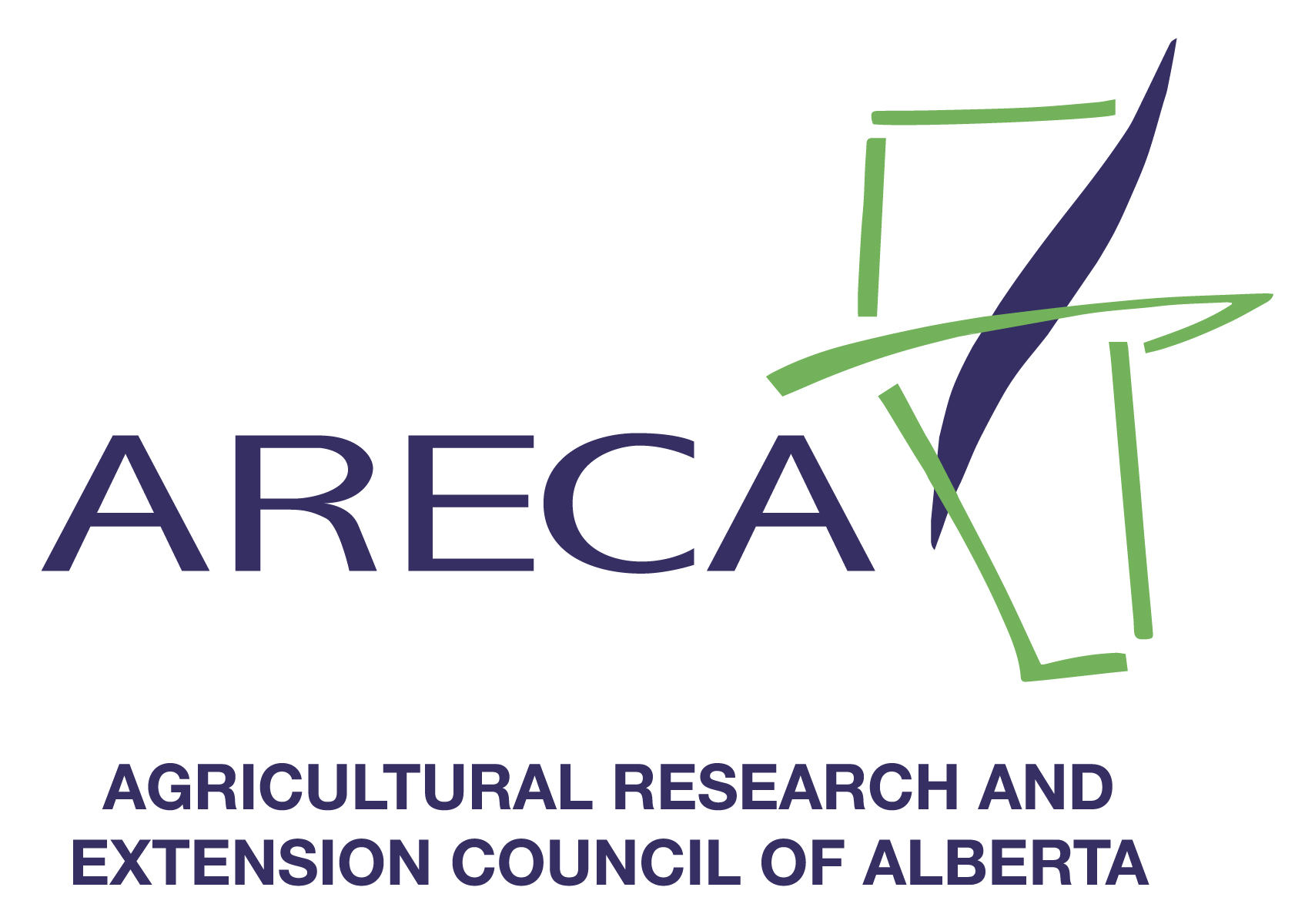It’s the only way to know nutrient levels for sure
Manure can be a valuable source of crop nutrients that can lessen the need to use inorganic fertilizers. However, given the cost of fertilizer for crops and the potential for overloading nutrients, there are several factors to consider before applying manure to a field. A manure test helps fill in the blanks.
Manure rarely contains the ideal mix of nutrient levels for a specific crop. Nutrient levels, and by extension the efficiency of the manure, vary depending on the type of animal, what the animal is eating and other factors. Without testing, it’s difficult to know the exact nutrient content of manure and determine the application rate that will optimize nutrient use.
Because of variation in nutrients within a manure supply and difficulty finding a representative sample, testing manure is not an instant solution. In fact, finding an accurate estimate of nutrient content is a process that is best met with consistent, repeated testing over a number of years. The key is to keep records and use the operation’s average nutrient level as a guide to determine ideal application rates. It’s also important to know where to go for help.
Here are a few key things to remember before starting a manure testing program:
- Know who tests manure. EFP Technicians from across the province can help producers find private labs that test manure. However, it’s generally up to the producer to come up with a representative sample beforehand. Guidelines for collecting a sample are also available from your EFP Technician.
- Know when to test. The best time to get a representative sample of manure is when the manure is being applied. For most producers, however, it’s more proactive to test prior to that. Keep in mind that different sampling techniques exist to sub-sample lagoons and manure piles prior to application. Also keep in mind that it usually takes seven to 10 days for the results to be returned from the lab after the sample has been submitted.
- Know book values. Typical nutrient levels, also known as “book values,” can be found in the “Tri-Provincial Manure Application and Use Guidelines: Alberta Version” on the Alberta Agriculture and Food Ropin’ the Web site.
- Know where to go for help. Information and assistance on managing a manure testing program, as well as a number of other on-farm environmental practices, are available through a strong network of EFP Technicians throughout the province.
This article may be reprinted with the credit: Alberta Environmental Farm Plan
For more how-to fact sheets or other information, visit www.albertaEFP.com.
 Initiative
Initiative



